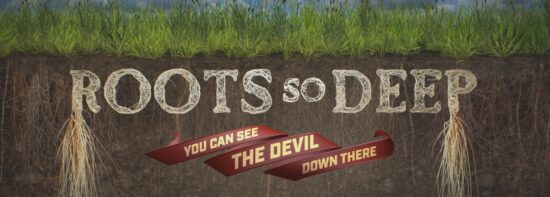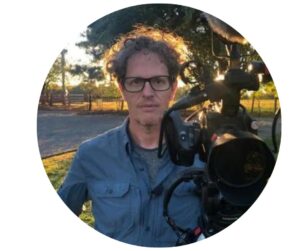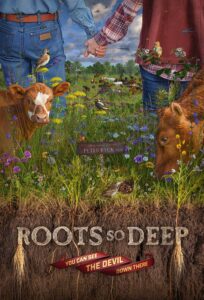Margaret McCallum and Rusty Bittermann are the first Shade Haven owners on Prince Edward Island, a small Canadian province on the Atlantic coast. Last year they added a SH1200 mobile shade system to their grazing plan. It’s just one more way this hardworking couple is improving their farm.
“We have fields that we could not use at certain times of the year without a Shade Haven,” notes McCallum, who values the Shade Haven for keeping her heritage breeds of cattle and sheep healthy. “Knowing that we can protect them from heat stress is the most important thing, but we also use the Shade Haven to renovate pasture. That’s a huge benefit.”
Renovating pasture is something McCallum and Bittermann know very well. They have spent the last 14 years reviving the soil on their 300-acre farm. “Our farm is hilly, and over the years, wind and water erosion had thinned out the topsoil on cropped fields, and industrial agriculture destroyed the life in the soil,” recalls McCallum.
Reviving the land
To bring the soil and the farm back to life, McCallum and Bittermann used regenerative practices including rotational grazing. They added infrastructure, cleared overgrowth, and installed fences and lanes. Their efforts have significantly increased the soil’s organic content and ability to retain moisture.
Additionally, a growing number of birds and insects now thrive on Rustaret farm. McCallum attributes that to the absence of pesticides and the addition of several ponds, constructed in conjunction with Ducks Unlimited Canada.
“We wanted to work as much as possible with natural cycles to increase the farm’s biodiversity, including the microbiota that live in healthy soil,” explains McCallum. “We wanted to increase the capacity of the soil to hold water and sequester carbon, to minimize topsoil loss through erosion and to reduce the need for off-farm inputs.”
Having animals on the land was essential to achieving their soil-building goals. Manure from their sheep and cattle provides nutrients needed to replenish the soil. With the Shade Haven, McCallum can keep her livestock and the nutrients on the pasture and away from the tree line.
“We use the Shade Haven to renovate specific parts of each paddock, parking it where we want the cattle and sheep to deposit their manure, and then spreading seed under it a day or so before we move it,” she explains.
The herd
Three heritage breeds of cattle graze through the paddocks at Rustaret Farm. The herd includes 17 Kerrys, which are an endangered breed historically known as the family cow of Ireland; 36 American Milking Devons; and 15 Belted Galloways.
Also grazing at Rustaret Farm are 80 breeding ewes and 5 rams. The heritage breeds of meat sheep include Wiltshire Horn and polled Wiltshire. McCallum says they are trying to develop hybrid varieties of sheep that both preserve the heritage and produce a market weight needed to be profitable.
Investing in shade
To purchase their Shade Haven, McCallum and Bittermann used funds from the On Farm Climate Action Fund, a cost-share program established by the Canadian government in 2022. The fund supports farmers in adopting beneficial management practices, including rotational grazing, that store carbon and reduce greenhouse gases. The couple hopes to secure additional cost-share dollars toward the purchase of another Shade Haven.
“The Shade Haven is easy to move and stable even when parked on slopes, and it’s easy to furl up when the weather forecast includes strong winds,” notes McCallum. “Having portable shade has made it easier for us to plan our pasture rotations.”
Rustaret Farm sells cattle and sheep for breeding stock. Their American Milking Devon and Kerry bull calves are suitable to train as oxen. The farm also welcomes small group farm tours. Check out Rustaret Farm’s website for more information.





